Growing Green with the Zodiac: Taurus Season 2025
Toward an Ecological Astrology
Growing Green with Taurus is the ninth in a series of 12 almanac posts in which I’m using the astrological paradigm—the ancient view that planets, people, and plants are all part of a single cosmic whole—to think about our current ecological and environmental crisis. I hope these posts encourage us to pay more thoughtful attention to the green world, especially now that the new U.S. administration seems hellbent on steamrolling the environmental policies hammered out over the past two dozen years. It’s no exaggeration to say that our lives—and the lives of our children and their children—depend on maintaining the health of our home planet.
This material is the working draft of what may (or may not, depending on my energies) become a book. Not your cuppa? Go here to select what you receive from Thyme, Place & Story. And recently (due to the incompetence of this president) some of us may be finding money tighter than usual. If you need to cancel your paid subscription, here’s how to do it. You’ll continue to receive the posts as a free subscriber.
Taurus Season: April 19 – May 20
Guardian planets: Venus and Earth. Venus is the traditional ruler of Taurus—a goddess of beauty, harmony, and sensual delight. But Taurus is an Earth sign, and Venus doesn’t farm, doesn’t compost, doesn’t seed or feed. For that, Taurus needs Earth herself. Taurus needs Gaia, the planet that James Lovelock writes about in The Gaia Hypothesis.
Long absent from the Zodiac, Earth/Gaia has never been assigned to a sign—not because she lacks one, but because astrology seems to have turned all its attention away from the planet we live on. Venus is a cultural symbol: elevated, aesthetic, out of reach. But there's nothing symbolic about Gaia. She is real, messy, alive. She erupts, decays, regenerates. She grounds the Venusian ideal and makes Taurus real—rooted in soil, seasons, cycles, and the sustenance of the body.
What we’re doing here—placing Earth-as-Gaia on the zodiac—is not just metaphor, and it isn’t astrology-as-usual. It’s a reframing of Taurus as the steward of life’s living web. (Readers curious about this approach can look for a backgrounder post coming soon: “Where’s Earth? Astrology’s Invisible Planet.”)
Taurus symbol: the Bull. The constellation and the glyph are often linked to the myth of Zeus as a white bull, abducting then seducing Europa, representing the allure of sensuality and the overpowering force of presence. But not all bulls snort and stamp. Some, like Ferdinand of storybook fame, would rather lie under a tree and smell the flowers. In fact, Ferdinand the Bull is a Taurian archetype in his own right: grounded, peace-loving, attuned to the rhythms of nature, and steadfast in his refusal to be anything other than who he is. He reminds us that true strength doesn’t always roar—sometimes, it rests. Taurus teaches us to move with purpose, not haste, and to honor the strengths of stillness and persistence.
Element/Modality: Fixed Earth, associated with stability, embodiment, endurance, and the cultivation of value. (Two other Earth signs: Virgo: mutable Earth; Capricorn: cardinal Earth)
Taurus’ home in the Zodiac is the 2nd House, the house of value, material resources, and embodied experience, a perfect home for Gaia. The 2nd House asks us to get grounded, to clarify what we truly need, and to tend the soil—literally and metaphorically—that supports our life. This is where we learn to honor the body, to work with the rhythms of nature, and to build security not through accumulation but through trust in what’s real. The 2nd House isn’t just about money or desire; it’s about worth—our relationship to sustenance and to the practical magic of tending what we love.
Taurus folk (people with the Sun, Moon, Rising Sign, or a cluster of planets in Taurus, and/or a strong Venus or 2nd House emphasis, or planets in the earth signs Capricorn or Virgo) are grounded, sensual, and deeply loyal to what they value. They are the caretakers, growers, and stabilizers—often slow to start but hard to stop once they’ve committed. Their Venusian nature makes them lovers of nature, music, art, and good food, but they are also practical and persistent, compelled by the quiet desire to build something meaningful and lasting during their time on our Earth.
Taurus Season in the Green World
Here are six gardening strategies that reflect the grounded, sensual, and enduring nature of Taurus Season and the 2nd House themes of value, embodiment, and stewardship of Planet Earth. You can mix and match these to cultivate a garden that grows not only beauty, but belonging.
Cultivate Slow Beauty
Taurus is not in a rush—and neither are perennials, fruit trees, or heritage roses. This is a season for planting things that reward patience: plants that take time to root deeply, flourish gradually, and return year after year. Invest in long-term beauty: think peonies, asparagus, or native shrubs that feed pollinators across the seasons. Taurus reminds us that some of the most nourishing things grow slowly—and are worth the wait.
Build Soil, Build Trust
Taurus governs value and what’s real—and in the garden, that starts with soil, with earth. Use this season to tend the ground itself: add compost, mulch deeply, rotate cover crops, test pH. The Taurean way is incremental but lasting—nurturing fertility that doesn’t just feed plants but creates an enduring relationship between you and your land. Gaia approves.
Shape the Land
Taurus is a builder, and Earth is not just soil—it’s structure. Use this season to work with the land’s form, not just its surface. Create raised beds, sculpt berms, terrace a hillside, or lay out a dry creek bed. Build a rock garden that honors the bones of the Earth, or use native stone to mark paths and thresholds. Taurus invites us to notice form, mass, and contour—the weight and shape and body of the land itself.
Grow What Belongs
Taurus asks us to settle in, and Gaia reminds us we’re not alone—we’re just one species on this remarkable planet. Native plants are the green infrastructure of place: they’ve co-evolved with local insects, birds, and microbes to form resilient ecological communities. Choosing natives supports biodiversity, conserves water, and binds your garden to the land it lives on. Planting natives isn’t just wise—it’s an act of belonging.
Tend What You Love—and make it sensual
Taurus is steadfast—and sensual. This is the season to recommit to the garden as relationship, not as task list. What do you love enough to keep showing up for? What gives you pleasure to touch, smell, taste? Taurus builds through devotion and delight.
Gardening by the Sun: Taurus Season (April 19–May 20)
In the northern hemisphere, Taurus Season marks the deepening of spring. The light is steady now, the soil reliably warm, and the garden is no longer a promise—it’s a commitment. Taurus teaches us to build with intention and tend with patience. Venus brings delight; Gaia brings connection. Together, they remind us that gardening isn’t just caretaking—it’s participation in a living web.
Transplant warm-season seedlings—tomatoes, eggplant, cucumbers, peppers, basil, and okra—after your final frost date. Harden them off first to build resilience.
Sow heat-loving annuals directly into the soil, like sunflowers, okra, beans, and zinnias. These thrive in lengthening days and reward consistent care. Plant flowers that feed both the senses and the ecosystem: bee balm, echinacea, blanket flower, yarrow, and milkweed support pollinators while adding color, scent, and structure.
Deep-mulch your beds with straw, shredded leaves, or bark to protect soil life, conserve moisture, and discourage weed competition.
Tend the infrastructure: build or repair trellises, compost bins, drip irrigation, or raised beds. This is a season for investing in what will last.
Feed your compost and your soil—layer grass clippings and kitchen scraps with carbon-rich browns. Turn the pile, and notice who’s living there.
Observe your garden as an ecological community, not just a collection of plants. What relationships are forming? What species are arriving? Who’s doing the work of balance, breakdown, and regeneration?
Taurus Garden Mantra: Root deep. Tend slowly. Trust what grows. Love Gaia.
Gardening by the Moon in Taurus Season
The Moon’s phases. Tradition tells us that the waxing moon’s increasing light encourages leaf growth and its increasing gravitational strength raises soil moisture and boosts plant sap production. The waning moon’s decreasing light and strength is said to encourage root growth. Each of the Moon’s phases (waxing, waning periods) lasts about a week.
The Moon’s signs. As the Moon changes phases, it moves from one zodiac sign to another. Traditionally, each sign is suited to a different set of tasks, prompted by the planet that rules the sign.
If you’d like to learn about gardening by the Moon’s signs and phases, you’ll find a helpful calendar and chart on Astro-seek.com. I’ve set the Astro-seek link for the beginning of Taurus in April; you can reset it (top left) for March. You might also be interested in the Facebook group, Planting by the Signs, led by longtime practitioner Phil Case, who is happy (really!) to answer your questions from his first-hand experience and observations.
For Indoor Gardeners: Taurus Season
Violets are a favorite Venus plant, and African violets are a look-alike. But even though they’re not true violets (Streptocarpus sect. Saintpaulia), they make a wonderful indoor garden, offering year-round blooms and a tangible connection to Earth's delicate ecosystems. They are endangered in their native Tanzania. By cultivating these hybrid plants responsibly, we participate in their species preservation.
With proper attention, African violets can thrive for decades, some living up to 50 years. Here are key tips for their care:
Light: Place in bright, indirect light; avoid direct sun to prevent leaf scorch.
Watering: Use room-temperature water; water from the base to keep leaves dry and prevent spotting.
Humidity: Maintain moderate humidity; consider a pebble tray or humidifier in dry environments.
Soil: Use a well-draining, lightweight potting mix rich in organic matter.
Fertilization: Feed with a balanced, water-soluble fertilizer formulated for African violets every 4–6 weeks.
Repotting: Repot annually or when the plant becomes root-bound to encourage continued growth.
Eight Grounded Reads for Your Taurus Shelf
In this series we’re using astrology and the zodiac as a lens through which to view the climate crises. Taurus, the sign of fixed earth, invites us to ask: what do we truly value—and what are we willing to tend for the long haul? These books speak to the Taurus spirit of persistence, material care, and ecological belonging. They also bring us face to face with Gaia—not as metaphor, but as a living planet with real limits. From soil science to seed saving, from ancestral gardens to the underground labors of earthworms, this list suggests what it takes to live well in place—and to care for what endures.
Gaia: A New Look at Life on Earth, James Lovelock (1979). This is the book that launched the Gaia Hypothesis—Lovelock’s radical, elegant idea that Earth functions as a self-regulating organism. It’s academic in tone but visionary in scope, and essential reading for understanding Taurus as the steward of the planet’s living systems. Not just a metaphor—Gaia is real, and Lovelock saw it first.
The Future Earth: A Radical Vision for What’s Possible in the Age of Warming, Eric Holthaus (2020). Yes, it’s optimistic—but even Taurus needs a vision worth committing to. Holthaus outlines a future of local economies, regenerative agriculture, and collective care. His is a hopeful blueprint, grounded in the kind of persistence Taurus excels at.
Dirt: The Erosion of Civilizations, David R. Montgomery (2007). A compelling history of how soil shapes the fate of societies—and how careless exploitation leads to collapse. This book is a Taurus wake-up call, rooting our environmental crises in the most basic material reality: the ground beneath our feet.
The Earth Moved: On the Remarkable Achievements of Earthworms, Amy Stewart (2004)
Earthworms are among Gaia’s oldest and most industrious collaborators. Stewart brings their world to life with wit and clarity, revealing how these unassuming creatures build fertility, recycle waste, and maintain the structure of living soil. A lively, under-the-radar Taurus gem.
What Your Food Ate: How to Heal Our Land and Reclaim Our Health, David R. Montgomery & Anne Biklé (2022). A follow-up to Dirt, this book explores the link between soil health and human health. Its message is pure Taurus: what nourishes the earth, nourishes us. A deeply readable case for long-term care as the foundation of sustainability.
Braiding Sweetgrass: Indigenous Wisdom, Scientific Knowledge, and the Teachings of Plants, Robin Wall Kimmerer (2013). A modern classic, and rightly so. Kimmerer invites us to enter a relationship of reciprocity with the plant world. Her stories are slow-grown, beautifully rooted, and deeply Taurus in spirit—an embodied reverence for Earth’s generosity.
The Botany of Desire: A Plant’s-Eye View of the World, Michael Pollan (2001). Pollan’s lively account of how four plants shaped human culture through our desires is a sensual, curious read. The Venus-in-Taurus thread here is pleasure with consequence—how beauty, sweetness, and control are never just human concerns.
The Earth Knows My Name: Food, Culture, and Sustainability in the Gardens of Ethnic Americans, Patricia Klindienst (2006). A deeply moving tribute to immigrant and Indigenous gardeners whose plots are living memory. Taurus as lineage-holder and seed-keeper finds full expression here, in gardens that nourish culture as well as soil.
What’s on your Taurus bookshelf? Tell us about it in the comments.
Medicinal Herbs for Taurus Season: Venus & Gaia in the Garden of Health
As the ancients saw the cosmos, everything was connected. Each planet had its own distinct qualities, and those same traits were reflected in people and plants. Venus—the planet of beauty and harmony—was thought to govern the throat, neck, and senses, emphasizing pleasure, balance, and receptivity. Gaia, representing Earth herself, embodies the grounding, nourishing, and sustaining aspects of life. Each planet governed herbs that could be used to treat the parts of the body linked to that planet.
Here are five Taurus-aligned herbs: three from the Venusian tradition and two we associate with Gaia herself—grounded, living, and materially real.
Venusian Herbs: Beauty, Balance, and Sensory Delight
Violet (Viola odorata)
Softening, soothing, and subtly sweet, violet has long been associated with Venus. It’s been used traditionally for skin conditions, coughs, swollen glands, and lymphatic stagnation. Recent research supports its anti-inflammatory, antioxidant, and mild sedative properties, particularly in the treatment of respiratory inflammation and dry cough. Some studies suggest it may also have mild analgesic and neuroprotective effects.
Plantain (Plantago major)
An unassuming powerhouse of first aid, plantain is moistening, cooling, and reparative—perfect for skin injuries, insect bites, and gut inflammation.
Scientific studies confirm plantain’s wound-healing, antibacterial, and anti-inflammatory activity, as well as its potential to modulate the immune response. It’s rich in aucubin, a compound linked to tissue repair and antimicrobial effects.

Daisy (Bellis perennis)
Often overlooked in modern herbalism, daisy has a long history as a vulnerary—used for bruises, sprains, and sore muscles. Its symbolic innocence aligns with Venus’s gentle touch. Recent research has shown daisy extracts possess anti-inflammatory, analgesic, and even mild anti-cancer properties. Its triterpenes and flavonoids contribute to its reputation as a healing tonic for minor trauma.
Gaian Herbs: Grounding, Nourishing, Sustaining
Burdock (Arctium lappa)
A deeply rooted plant both literally and medicinally, burdock is revered for its ability to purify the blood, support liver detoxification, and aid skin clarity.
Recent studies highlight its antioxidant, anti-inflammatory, and antidiabetic properties. In addition to regulating blood sugar and cholesterol, burdock root shows promise in modulating gut microbiota.
Reishi Mushroom (Ganoderma lucidum)
The “mushroom of immortality” in Chinese medicine, reishi is revered as a tonic for longevity and spiritual grounding. Modern research confirms reishi’s role as an immune modulator, with studies showing enhanced natural killer cell activity, reduced fatigue, and improved quality of life in patients undergoing cancer treatment. Its polysaccharides and triterpenoids are central to its therapeutic potency.
These Taurean herbs offer more than metaphor—they’re embodied expressions of planetary energies, rooted in both ancient insight and modern science. In Taurus Season, they invite us to care for the body as a living landscape, where beauty, balance, and sustenance begin at the roots.
That’s it for Taurus season, friends. You’ll hear from me again on Monday, May 5, with the May edition of All About Thyme. I’ve decided to give us all a break for a few weeks—so much is going on just now!—and resume Guerrilla Reads in June. Meanwhile, our discussions of the four earlier books in our Guerrilla series—Democracy Awakening, Jesus and John Wayne, Prequel, and Caste—remain open. Drop in when you have a thought to share.
Paid subscribers, your Taurus workbook is coming in a separate email. It includes a close look at Earth cards in the Herbcrafter’s Tarot, suggestions for projects and journaling prompts, and (of course!) a visit to the Taurus kitchen.


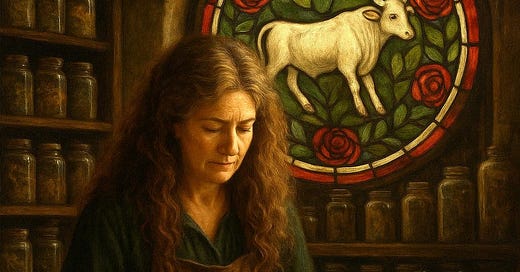



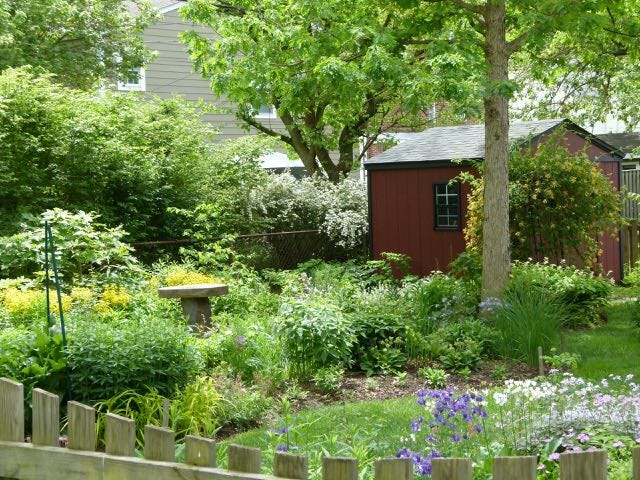
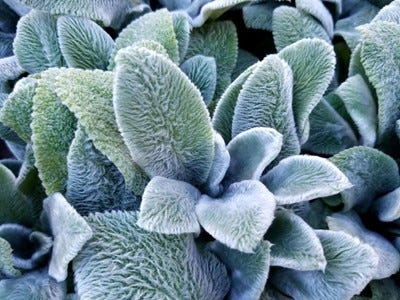
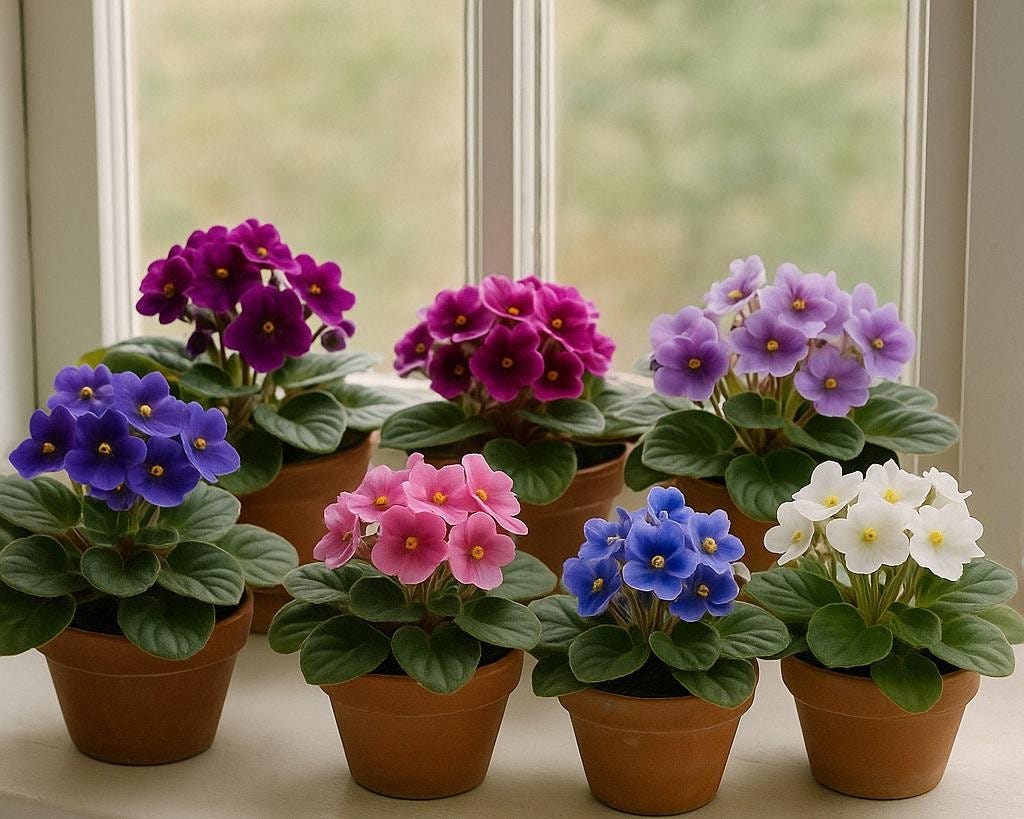

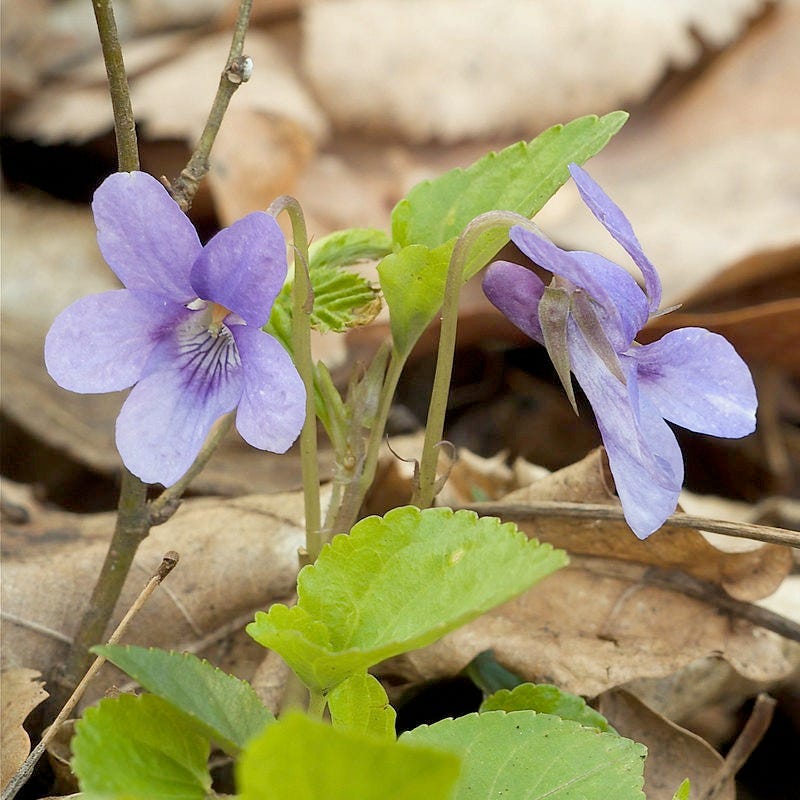
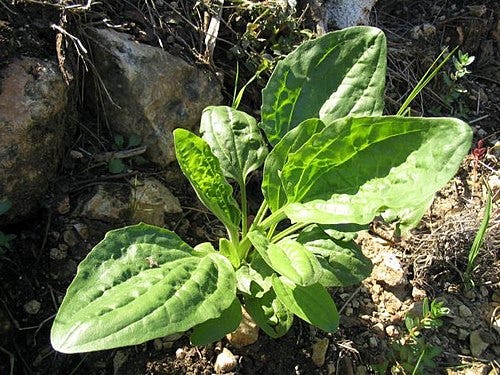
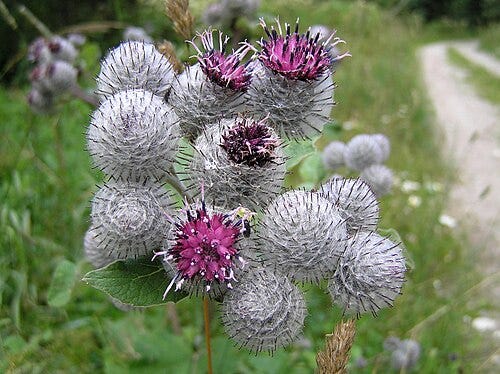
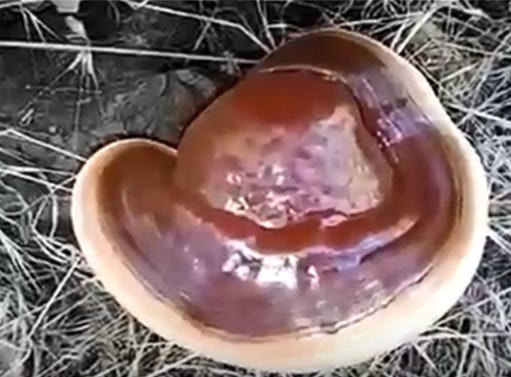

Laura sent this to me, in an email: I vote for a book.
how much rather sit down with the book and make notations and read and look things up then to dig through posts and I hate reading and receiving regular things online.
laura
Thank you for the thoughtful references for plants to add to garden in late April and early May. We have a 6 foot row of herbs in our largest raised bed, appropriately called Conestoga (for the shape of chicken wire covering). That bed is 3 steps off the back deck, so easy to reach the fresh herbs. The middle of that bed contains wintered over leeks and Swiss Chard that am slowly pulling up for soup and stir fries. Thank you for a month of resting mind from deep reading. I did just finish a new 2025 published book “The Ride: Paul Revere and the Night that Saved America” which was interesting for all the rides he took across New England and the way the patriots passed messages.